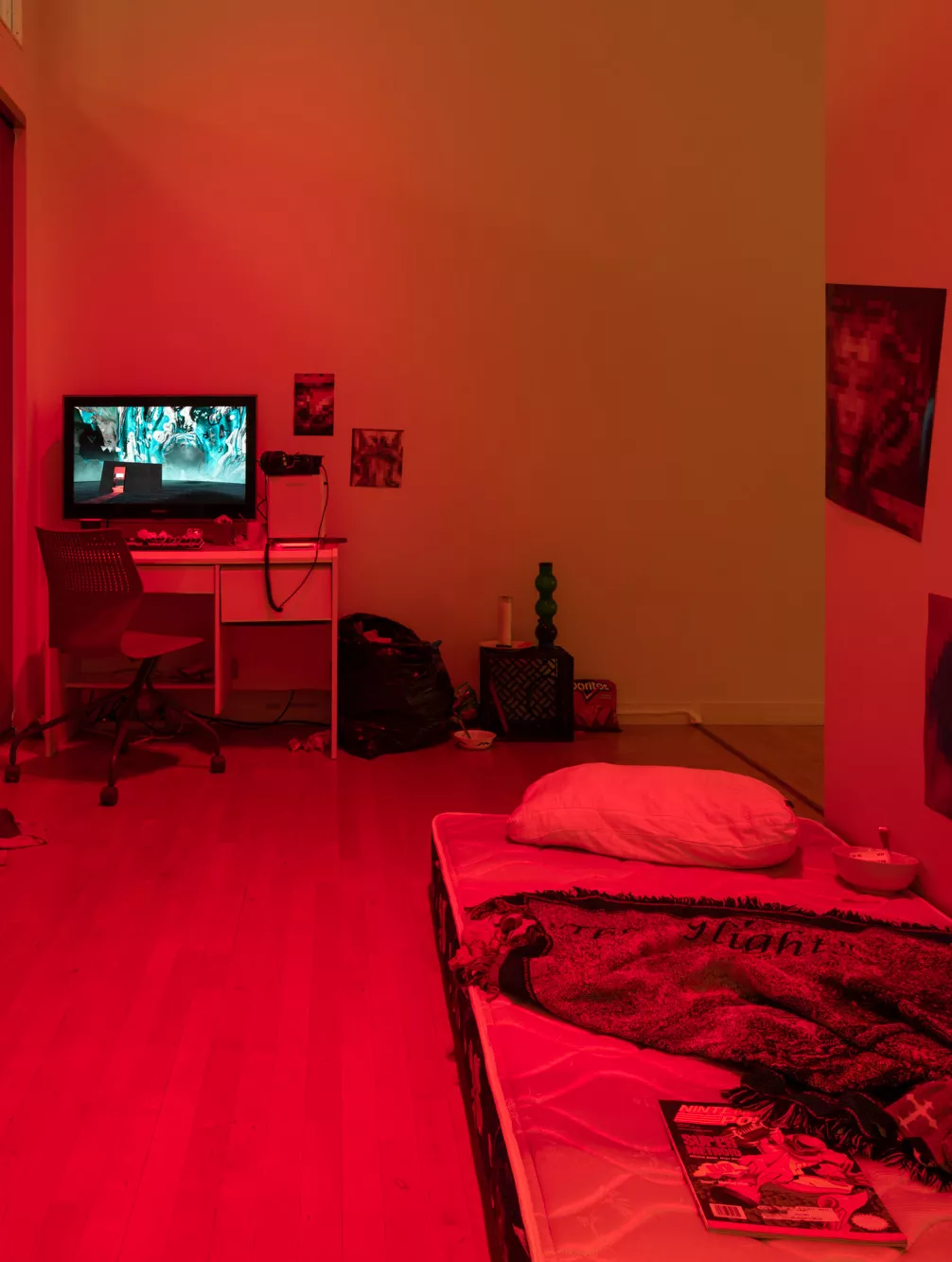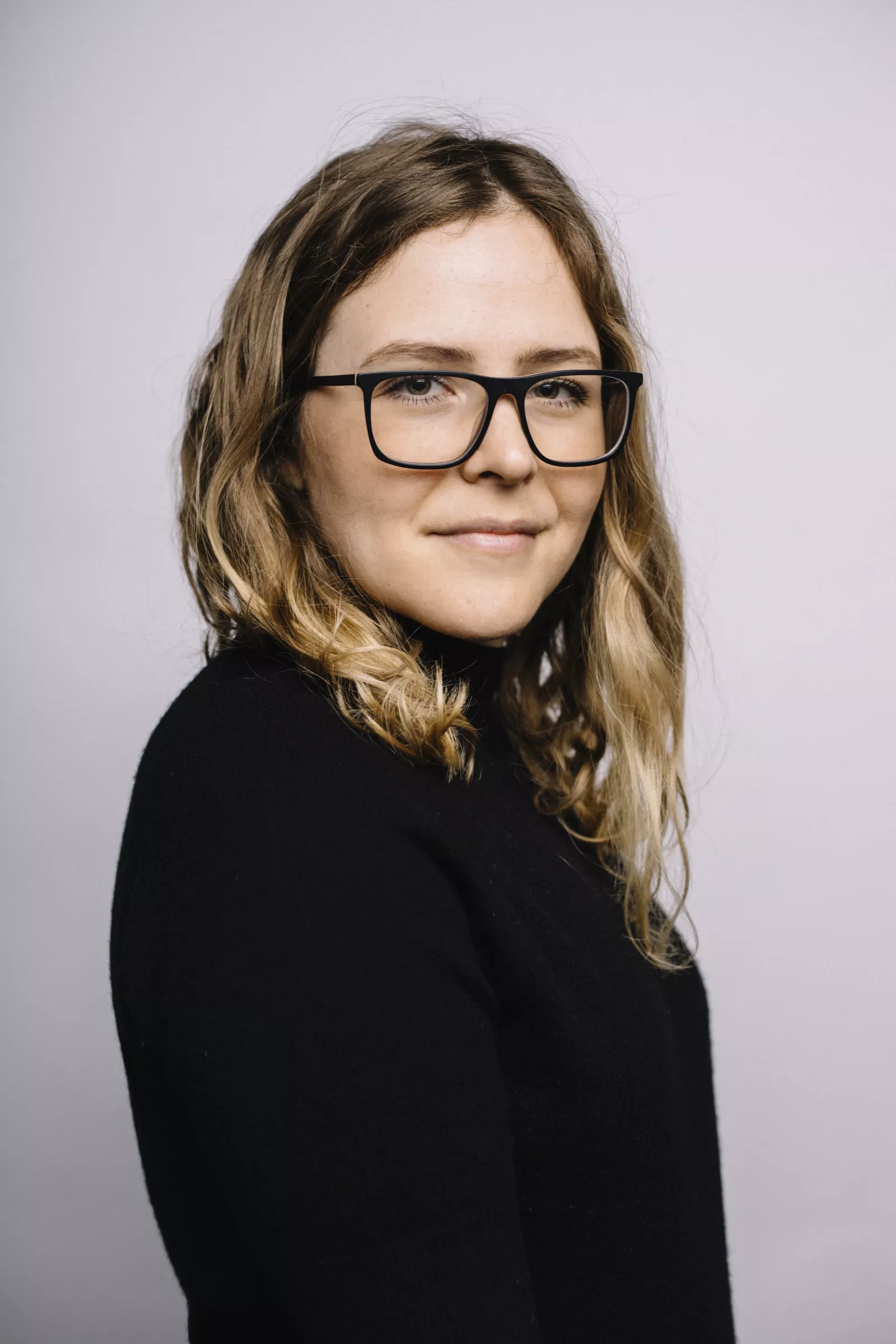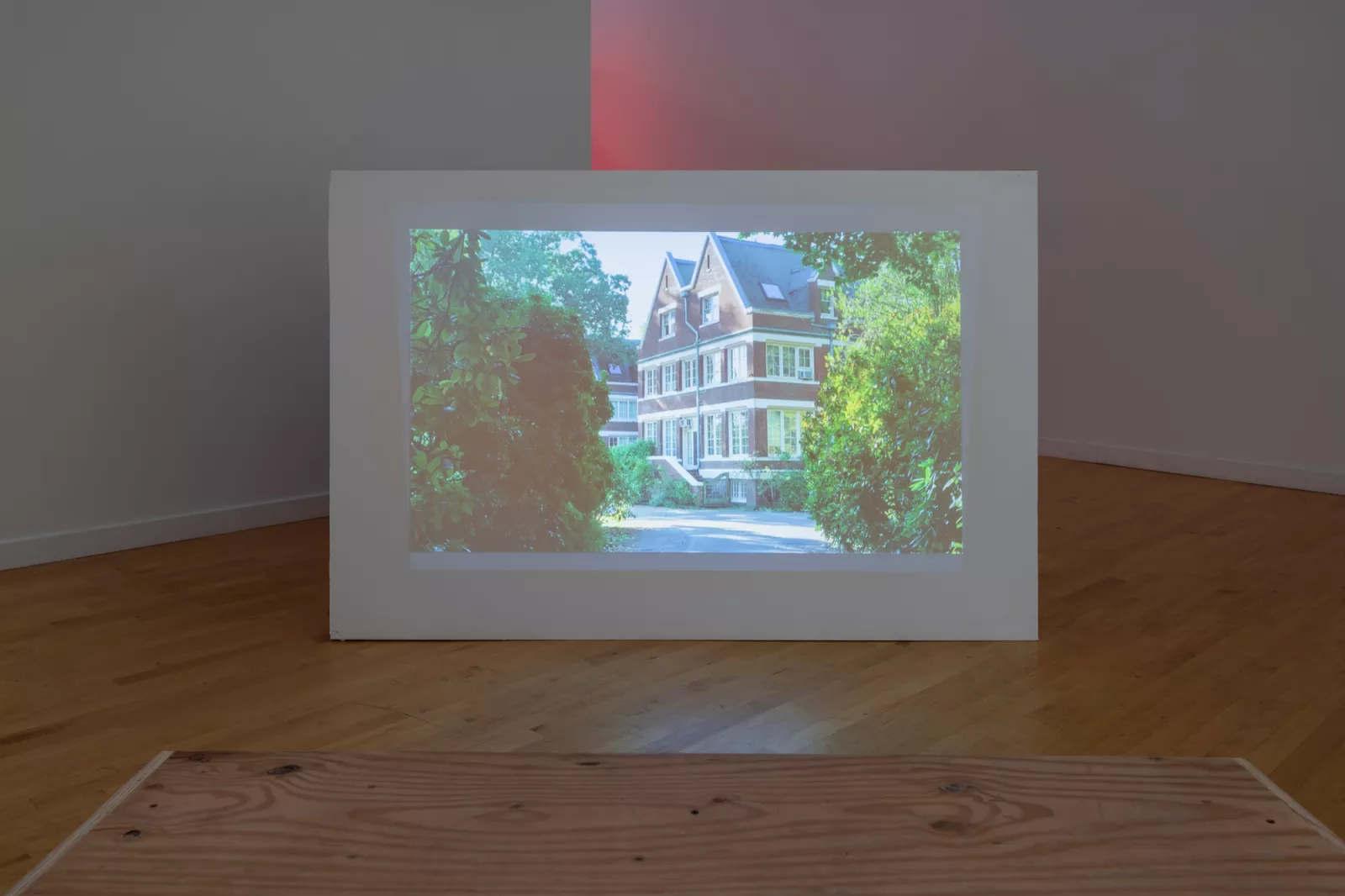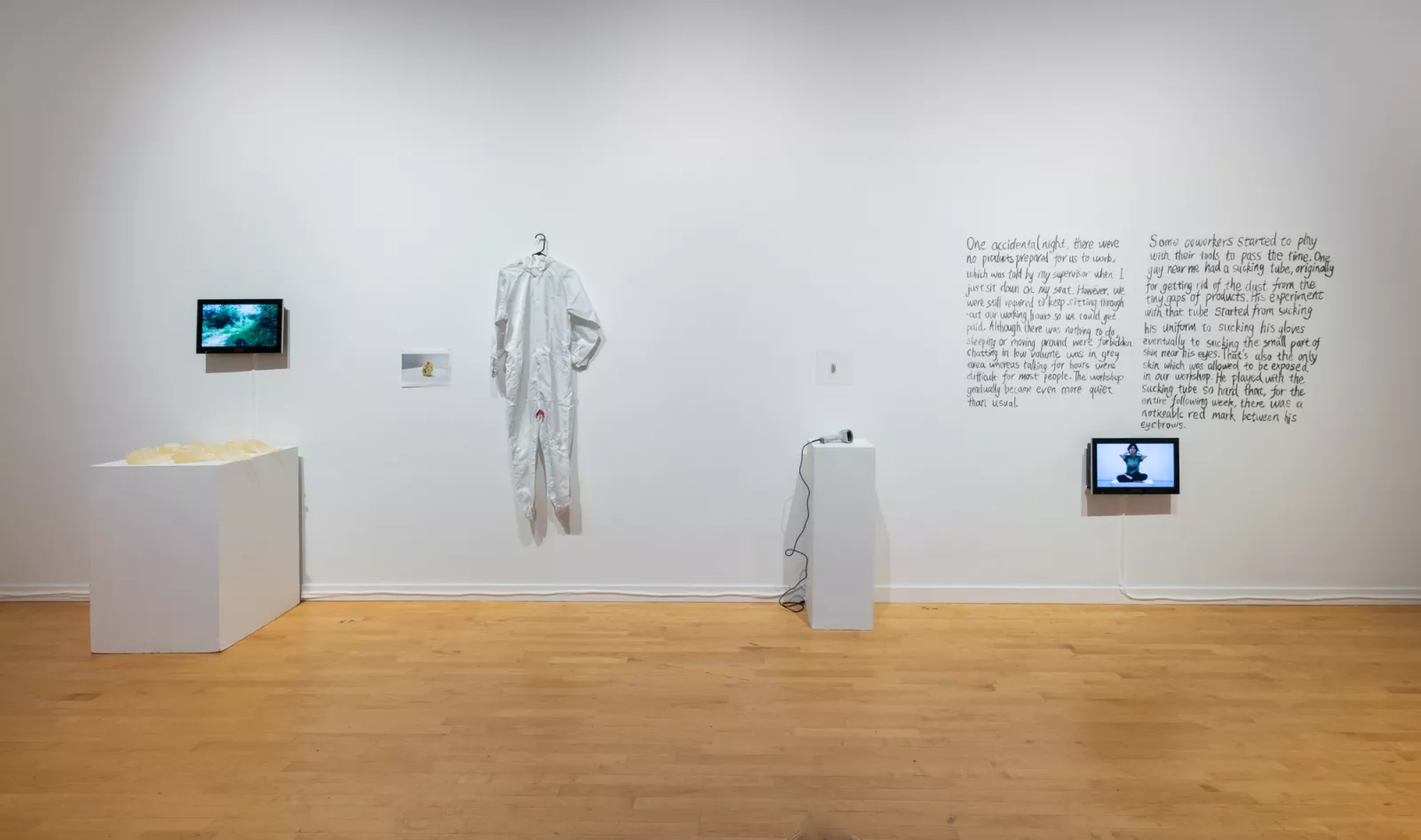
Laurel V. McLaughlin, a Ph.D. candidate in history of art, has curated a dynamic new exhibition Networks of (Be)longing at the Center for Contemporary Art & Culture at the Pacific Northwest College of Art in Portland, Ore. The exhibition unfolds across a number of sites through a physical group exhibition, a satellite solo presentation by Philadelphia-based artist Rami George, public programming, and an online component that launched on Oct. 23. The exhibition runs from Oct. 16 through Dec. 6, 2020 (in person gallery visits by appointment).
From the exhibition didactic:
“Adjacencies, dissonances, and dynamics of power circulate within networks, shifting pathways and modes of operation. Philosopher, sociologist, and anthropologist Bruno Latour’s Reassembling the Social (2005) acknowledges that evolving networks constitute and even foster human relations; but rather than assuming homogeneity, he proposes a ‘tracing of associations,’ enabling heterogenous elements of sociality to be ‘assembled anew.’ This speculative tracing of relationalities—the recognition of networks, their multitudinous ways of being, and their world-building capabilities—comprises the premise of this exhibition.”
In the below Q&A, McLaughlin talks about her experience putting together the exhibition.
Networks of (Be)longing is a multi-layered undertaking, drawing together many sites, artists, and media. Can you tell us more about your curatorial vision for the project? What drew you to these artists and themes?
Networks of (Be)longing includes a group exhibition at the Center for Contemporary Art & Culture (CCAC) of the Pacific Northwest College of Art (PNCA), featuring video essays, installations, and a publication by Canaries, Rami George, Tabitha Nikolai, and Mengda Zhang; a satellite solo presentation Rami George: and one day will tell you so many stories at Paragon Arts Gallery of the Portland Community College; public programs; and an online interface for remote viewing of the works and adjacent exhibition materials. The research for this show grew out of conversations with artists in the exhibition about their artistic networks alongside readings such as Bruno Latour's Reassembling the Social: An Introduction to Actor-Network Theory (2005), which speculates upon the potential for reassembling new relations among humans, objects, and ideas. The artist’s experiences of working with networks, whether communal, labor-related, care-oriented, or familial embody the speculative, world-building approach that Latour envisions. They configure alternative systems, which I’ve denoted in “channels,” or sections, that potentially overlap and flow into one another, such as functioning within, decoding, reprogramming, and bypassing.
The exhibition—much like a network—draws together artists alongside so many invaluable collaborators without whom this exhibition would not have happened, especially amidst pandemic measures and the West Coast wildfires which challenged our scheduling. I’d like to thank all of the artists for their perseverance and innovation, and also to acknowledge the collaborative labor of Mack McFarland, former director of the CCAC and currently assistant professor at PNCA and director of Converge 45; Elizabeth Bilyeu, director of Paragon Arts Gallery; Kyle Cohlmia, CCAC curatorial fellow, who was a wonderful thought partner; Julie Rasos, designer of our exhibition and accompanying materials; installation technicians maximiliano, Mazey Moon, Kaitlyn Petrik, Shana Palmer, and Aaron McKee; technological assistance from Chris Kim and Weston Mansfield; and programming collaboration with Sharita Towne, Jessie Spiess Werner, and Emma Lugo. And finally, I’d like to thank my Bryn Mawr colleagues Elena Gittleman and Mechella Yezernitskaya, and friend Nishat Hossain, who served as valuable interlocutors with me for this exhibition.
One common thread explored by the artists in Networks is the ways in which human relationships become bound and unwound through networked channels of interaction, both direct and indirect connections and expressions. Of course, disclosures of personal care and familial ties are more overt ways of belonging that are picked up by some artists, but I wonder if you could comment on the way some of the works here explore ephemeralities?
The reason I turned to the term networks, rather than communities—which are still very much within the scope of this exhibition—is because networks left room for both resonances and dissonances, as you intimated in your question. Some of these, such as the familial or care might appear more overt, but they're still quite complex.
Within Rami George’s work, for example, they explore the complex entanglements of their familial interaction with the Samaritan Foundation, and a new commission also examines their father’s relationship with an ashram in Portland. Both intentional communities presented entirely new systems of belief and living that shaped the artist's experience as they functioned within these communities at different points in their life. They unravel the connections and disconnections through their video essays and billboard sculpture. Canaries collective, a group of “art-adjacent women and gender non-conforming people living and working with auto-immune conditions and other chronic illnesses” contributed a publication, Notes for the Waiting Room, edited by Taraneh Fazeli and initially installed by Jesse Cohen and Carolyn Lazard for the exhibition Sick Time, Sleepy Time, Crip Time: Against Capitalism’s Temporal Bullying in 2015. The publication collates contributions from members of their network that bypass neoliberal medicalization through artistic interventions that answer how one deals with flare-ups of symptoms.
The two other types of networks that the exhibition explores, which perhaps seem more ephemeral or abstract, are those of communion and labor. In Tabitha Nikolai’s Shrine Maiden of the Unseelie Court, a player encounters a gamer's lair installation—a computer console surrounded by a mattress, clothing piled around, and trash strewn across the floor, lit by the glow of red light. Within the game, a player interacts with a suburban dystopia and finds a portal to a transfuturist world where they have the chance to interface with another gamer. This seeming reprogramming of a normative suburban space unlocks the darkly ambivalent potentialities, as Nikolai says, of online communion for queer and trans folks. Mengda Zhang’s work Dust-free Chatroom is composed of numerous installation elements including performance footage in which the artist left water-filled gloves with fragments of conversations with her co-workers, an image of a chewed Foxconn contract, a bunny suit uniform with menstrual blood, a scanner with the artist’s hair, a story written in charcoal, and another performance engaging with the movements on the assembly line. These elements relate Zhang’s experience and those of her co-workers in Chengdu’s Foxconn factory that manufactures the MacBook screens. Zhang highlights the traces that decoded the dehumanized work to configure an alternative system of queer desire.
Tell us about some ongoing and upcoming events that can be accessed by the Bryn Mawr College community.
The exhibition opened with a screening of Rami George’s “Video Playlist” followed by a Q&A in PNCA’s Hallie Ford Lecture Series exploring the sources and forms that formally and affectively hold their familial entanglements with intentional communities, or cults. We then had an opening program that featured a quite glitchy tour—such is this Zoom life—followed by a screening of a new performance by Mengda Zhang in her installation Dust-free Chatroom, 2018–present, and a Q&A.
We launched remote viewing, accessible resources, and exhibition materials on the PNCA Online Galleries on Friday, Oct. 23. From there you are able to view the works remotely through video, game, and installation photography. Viewers will also have access to the works with accessible captions, transcripts of the video essays, and audio labels, in addition to a digital version of the exhibition guide and forthcoming curatorial essay.
We had a program, “Giant Spiders, Suburbia, and Portals: An Activation and Conversation about Online Communion,”with Tabitha Nikolai and Emma Lugo on Oct. 30, an activation of Tabitha Nikolai's virtual environment Shrine Maidens of the Unseelie Court, 2018, followed by a conversation with trans activist and Portland KBOO radio show host Emma Lugo.
On Friday, Nov. 13, we have “A Performance from Dust-free Chatroom, 2018, by Mengda Zhang” featuring a second performance from the installation that explores the queer tensions and desires fostered among she and her co-workers during her time working in the Foxconn factory in Chengdu, China. This performance requires audience participation, so please see event information and information about registration by email here.
Networks of (Be)longing runs from Oct. 16 through Dec. 6, 2020, at the Center for Contemporary Art and Culture at Pacific Northwest College of Art, 511 NW Broadway, Portland, OR, 97209.


